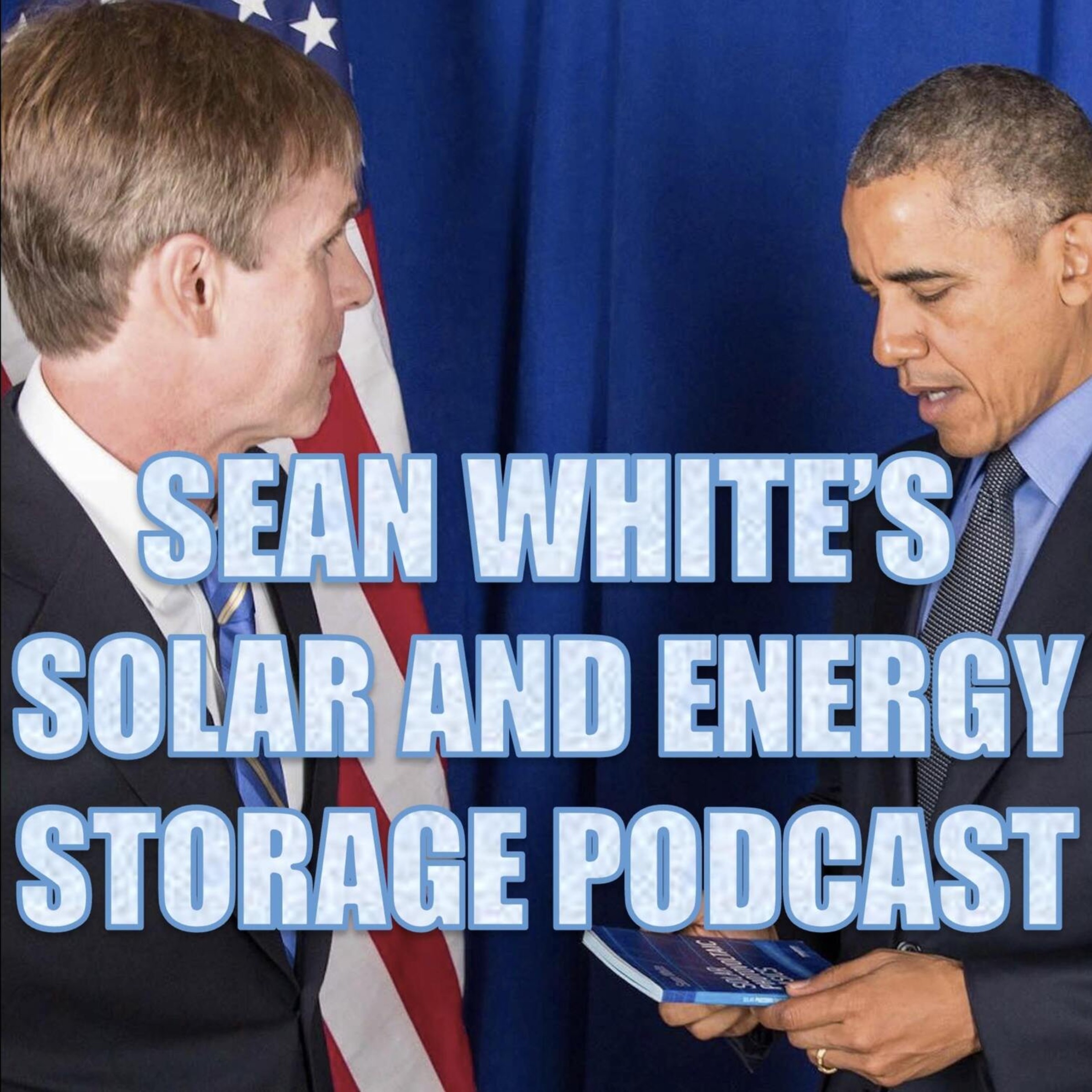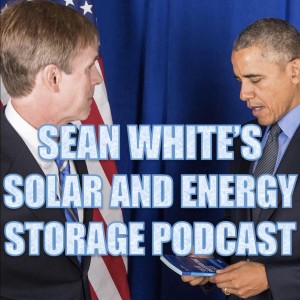
39.6K
Downloads
138
Episodes
Sean White teaches solar and storage classes and seminars around the world and inside your home (online). He is known for helping people get NABCEP certified. This podcast contains an assortment of topics, with an emphasis on solar and storage technical knowledge. Up your game! Catch a photon! Save the planet! Learn more and go to www.solarSEAN.com
Episodes

6 days ago
Matthew Krayton: Hydrogen Energy Storage
6 days ago
6 days ago

Sunday Jul 14, 2024
Christopher Johnson Climate Tech Consultant
Sunday Jul 14, 2024
Sunday Jul 14, 2024

Sunday Jul 07, 2024
Kerim Baran and the 2nd coming of solaracademy.com
Sunday Jul 07, 2024
Sunday Jul 07, 2024

Sunday Jun 30, 2024
Paul Subzak on Utility-Scale Solar Engineering
Sunday Jun 30, 2024
Sunday Jun 30, 2024

Sunday Jun 23, 2024
Ed Rottmann, CEO Chroma Energy Group
Sunday Jun 23, 2024
Sunday Jun 23, 2024
Learn more at www.solarSEAN.com and be sure to get NABCEP certified by taking Sean’s classes at www.heatspring.com/sean

Sunday Jun 16, 2024
Tony Diaz talks Roofing and Solar with Johan Alfsen
Sunday Jun 16, 2024
Sunday Jun 16, 2024

Sunday Jun 09, 2024
John Coffman: Solar-Wind Hybrid Trees, too good to be true?
Sunday Jun 09, 2024
Sunday Jun 09, 2024

Sunday Jun 02, 2024
Joe Marhamati of Sunvoy-The Ultimate Solar App
Sunday Jun 02, 2024
Sunday Jun 02, 2024

Sunday May 26, 2024
NorCal Solar 50 Years Party
Sunday May 26, 2024
Sunday May 26, 2024
Learn more at www.solarSEAN.com and be sure to get NABCEP certified by taking Sean’s classes at www.HeatSpring.com/Sean

Sunday May 19, 2024
Johan Alfsen: Solar Rock Star
Sunday May 19, 2024
Sunday May 19, 2024
